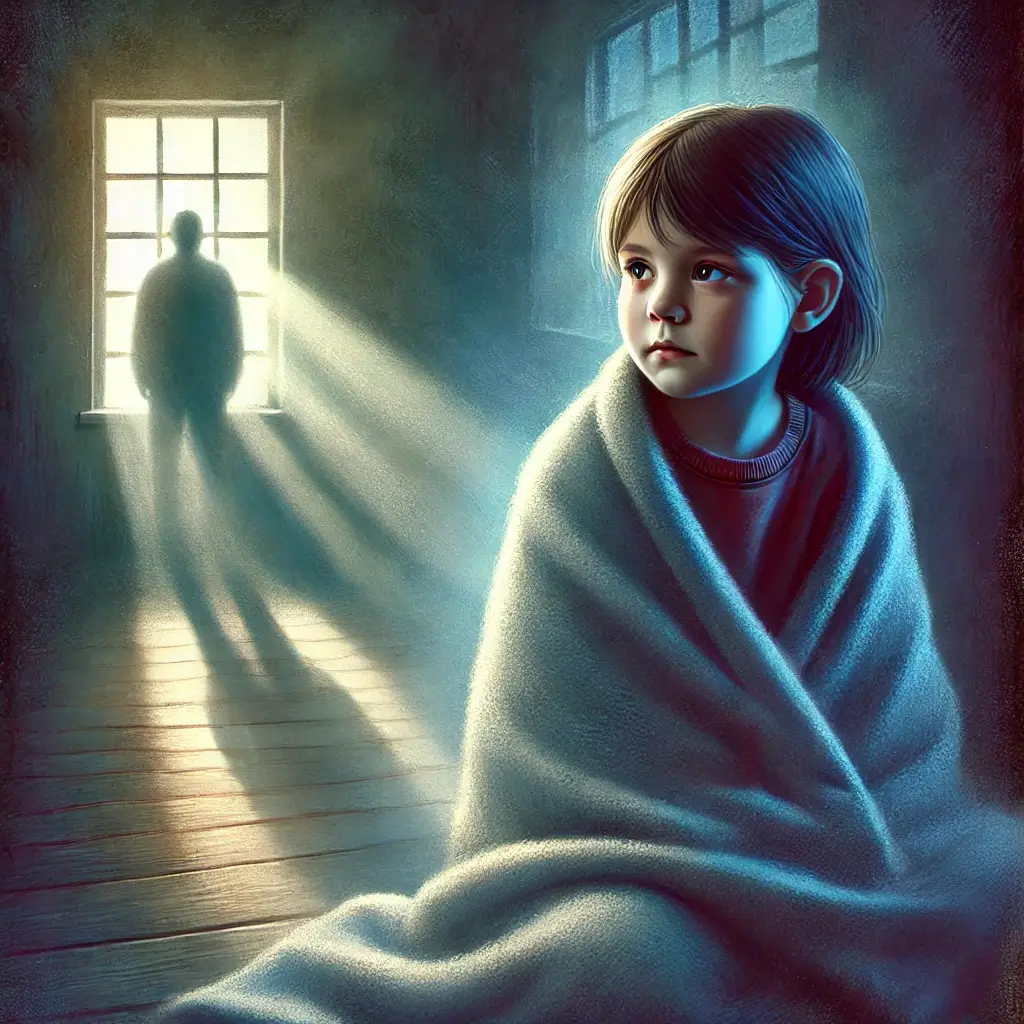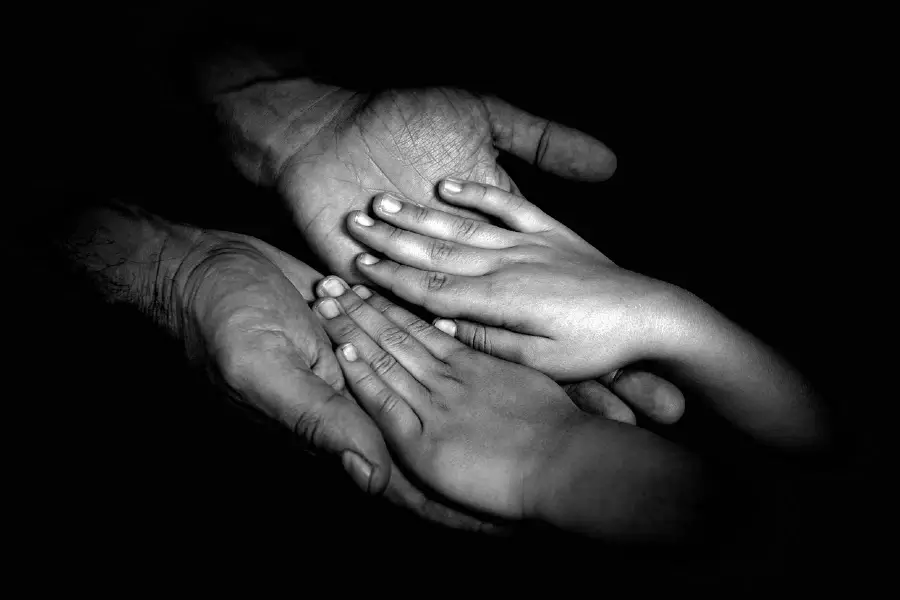Understanding Childhood Intra-Familial Maltreatment
Childhood intra-familial maltreatment encompasses any form of violence, neglect, or exploitation that causes harm to a child’s physical, mental, or sexual well-being, as well as their overall development, inside the home setting. This grave matter can result in enduring adverse outcomes for the affected individuals.
Various Forms of Family Maltreatment
Physical abuse includes intentional acts causing injury to a child, such as punching, kicking, burning, or biting. Psychological manipulation encompasses verbal or emotional assaults that harm a child’s self-worth. Sexual abuse involves any sexual contact with a minor. Neglect refers to failing to meet a child’s basic needs for nourishment, housing, and healthcare.
Recognizing Signs of Childhood Maltreatment
Indicators may include unexplained physical injuries, behavioral changes like retreat or hostility, developmental delays, eating disorders, sleep disturbances, and substance abuse in teenage years or later life.
Long-Term Consequences of Childhood Abuse
Childhood maltreatment can lead to physical health issues, psychological disorders, social and emotional challenges, and developmental delays. It may result in difficulties in cognitive, social, and emotional development, impacting academic outcomes and future potential.
The Impact on Education and Development
Maltreated children often face challenges in attention, memory, and language abilities, hindering their academic progress. The adversity and strain during developmental years can lead to psychological and behavioral difficulties, affecting their ability to thrive in educational settings.
Breaking the Cycle: Support and Intervention
Effective therapies and support systems are crucial for addressing the complex needs of maltreated children. Providing a nurturing environment, focused educational support, and access to mental health services can help these children overcome adversity and fulfill their aspirations.
Seeking Help and Resources
If you suspect child abuse or neglect, contact local child protective services or the National Child Abuse Hotline. Additional resources include the National Child Traumatic Stress Network, Childhelp USA, and the Rape, Abuse & Incest National Network (RAINN).

Dominic E. is a passionate filmmaker navigating the exciting intersection of art and science. By day, he delves into the complexities of the human body as a full-time medical writer, meticulously translating intricate medical concepts into accessible and engaging narratives. By night, he explores the boundless realm of cinematic storytelling, crafting narratives that evoke emotion and challenge perspectives. Film Student and Full-time Medical Writer for ContentVendor.com




